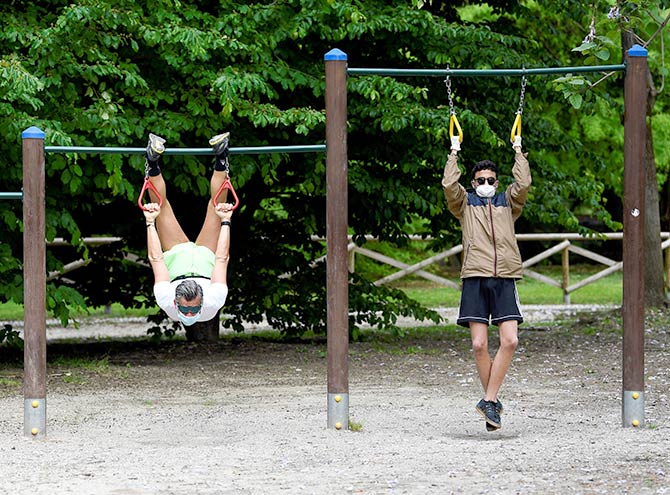50/30 day cycles of lockdown, easing work: Report
May 20, 2020 12:02

Scientists, including one of Indian-origin, have shown that an alternating cycle of 50 days of strict lockdown followed by 30 days of easing can effectively reduce the number of COVID-19-related deaths, and lower admissions to intensive care units in hospitals.
Since no effective treatments or vaccine for COVID-19 is available, reducing virus transmission via measures like isolating suspected infected individuals, school closures, and lockdowns are crucial, according to the researchers, including Rajiv Chowdhury from the University of Cambridge in the UK.
While such measures are effective at slowing disease spread and preventing health systems becoming overwhelmed, they can also lead to job losses and social disruption, noted the study, published in the European Journal of Epidemiology.
The scientists said there is growing concern that these interventions may be unsustainable over the long term. Hence they suggested an approach of alternating stricter measures with intervals of relaxed social distancing.
They said this strategy could be enforced with measures of effective "test-contact trace-isolate", and shielding of the vulnerable kept in place. In the study, the scientists assessed the difference in impact between strategies aimed at mitigation, and those aimed at suppression.
Mitigation measures like physical distancing, hygiene rules, case-based isolation, restricting of large public events, and school closures, can reduce the number of new infections, but at a relatively slow rate, they explained.
On the other hand, the study said suppression measures can lead to a faster reduction in the number of new infections by applying additional interventions like lockdown. -- PTI





 © 2024 Rediff.com -
© 2024 Rediff.com -